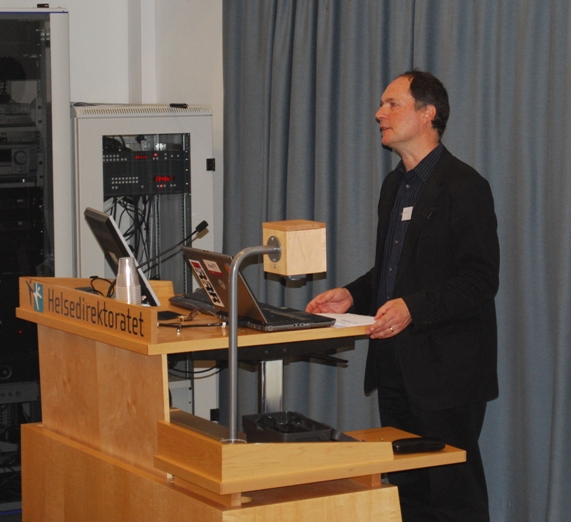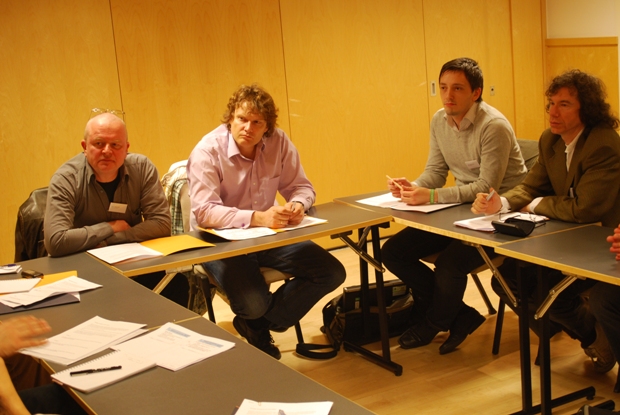WCAG 2.0, opportunities, challenges and new ideas.
Lectures and discussions at the International conference on WCAG 2.0 and Web usability produce interesting new ideas for Research and Development projects in the field of Universal Web Design. Presentations at the conference can be downloaded.
Skrevet av: - 26.05.2009
The International conference "Do Web Accessibility Guidelines guarantee Universal Design?" was held at the Norwegian Directorate of Health on May 7th, and arranged by the Resource Network for Universal ICT.
Universal Design and Web usability
The program for the conference was varied, with informative lectures highlighting the importance of designing Universal Web technologies which aim to ensure Web usability for everyone, everywhere. Topics included the impact of WCAG 2.0 on Web accessibility, legislation and regulation of Universal ICT, and accessible Web sites and usable Web technologies in practice. The diversity of topics stimulated interesting debate in the group sessions after lunch, where valuable contributions were made by participants working with Web site accessibility in different areas, both in the public and private sectors.
A brief summary of the lectures follows below.
Presentations can be downloaded here.
WCAG 2.0
The opening lecture by Andrew Arch, Web Accessibility and Ageing Specialist at the World Wide Web Consortium (W3C), described the implementation and evaluation of Web accessibility using the WCAG 2.0 guidelines and success criteria, and the importance of these guidelines for defining functionality required by different user groups. Particular reference was made to Web usability factors important for older people and the challenges this group represents. The world is getting older! This means that the numbers of Web users with visual, hearing, dexterity and cognitive impairments is increasing.

Legislation in Norway and Europe
Frank Fardahl, DIFI, outlined the work on Web accessibility carried out by the Agency for Public Procurement and eGovernment in Norway since 2003, and how the new Discrimination Act introduced in 2009 will affect the regulation of Universal Design of ICT in Norway.
Rudolf Bryn, Standard Norway, described European initiatives to introduce Universal ICT.
Web usability in practice
After a short break Morten Tollefsen, from MediaLT, demonstrated WCAG 2.0 guidelines and success criteria which are important when designing accessible Web sites for visually impaired users using a screen reader and Braille display.
Øystein Johnsen, FalkIgel, presented alternative communication technologies, Web browsers and graphical formats used by Internet users with severe motor impairments and multiple disabilities.
Universal Design of a Web site
Rachel Van Riel, from Opening the Book, described working with public libraries in the UK to create the Web site www.whichbook.net and the implementation of Universal Design in this Web site.
The Norwegian version www.onskebok.no was demonstrated by Mari Senumstad Hauge.
Group sessions

Group sessions followed after lunch and participants were divided into four groups. The lively discussions that ensued showed that Research and Development challenges in Universal ICT is certainly a topic that engages many. Proposals for new research projects in this field were also many and varied reflecting the broad spectrum of interests represented at the conference.

Tips noen om siden